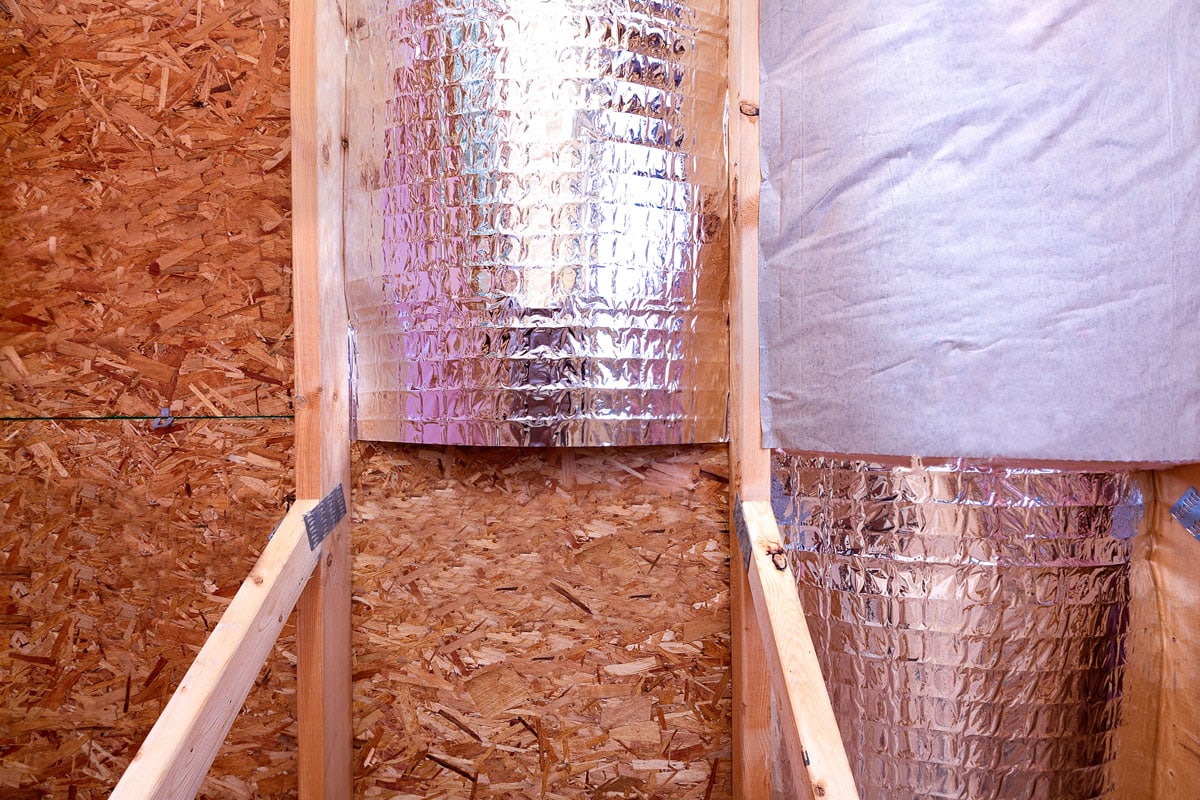

Articles
How Many Attic Baffles Do I Need
Modified: January 9, 2024
Learn how many attic baffles you need in this informative article. Improve your attic ventilation with the right number of baffles.
(Many of the links in this article redirect to a specific reviewed product. Your purchase of these products through affiliate links helps to generate commission for Storables.com, at no extra cost. Learn more)
Introduction
Welcome to the world of attic baffles! If you’ve ever wondered how many attic baffles you need for proper insulation and ventilation, you’ve come to the right place. Attic baffles play a crucial role in maintaining a healthy and energy-efficient home. In this article, we’ll explore what attic baffles are, their purpose, and the factors to consider when determining the number of attic baffles needed.
Attic baffles, also known as rafter vents or insulation baffles, are typically rectangular panels made from materials such as foam or cardboard. They are installed in the space between the rafters in your attic, creating a barrier that ensures proper airflow. Attic baffles work hand in hand with insulation and ventilation, contributing to the overall efficiency of your home.
So, you might be wondering, what exactly is the purpose of attic baffles? Well, their primary function is to maintain a clear path for air to flow from your soffit vents, through your attic, and out through your roof vents. This airflow helps regulate temperatures, prevents moisture buildup, and extends the lifespan of your roofing materials.
Now that we understand the importance of attic baffles, let’s explore the factors that determine how many you will need for your specific attic.
Key Takeaways:
- Proper attic ventilation and insulation are crucial for a healthy, energy-efficient home. Factors like attic size, insulation type, and climate conditions determine the number of attic baffles needed for optimal airflow and protection.
- Consulting with insulation and ventilation professionals, considering local building codes, and calculating the recommended ventilation rate per square foot are essential steps in determining the specific quantity of attic baffles required for a well-ventilated and energy-efficient attic space.
Read more: What Are Attic Baffles
What are attic baffles?
Attic baffles, also known as rafter vents or insulation baffles, are essential components of a well-insulated and properly ventilated attic. They are typically rectangular panels that are installed between the rafters to create a channel for airflow. These panels are made from various materials, including foam, cardboard, or plastic.
The primary function of attic baffles is to facilitate proper ventilation in the attic space. They ensure that there is a clear pathway for air to flow from the soffit vents, located at the eaves of the roof, up to the roof vents. This continuous flow of air helps regulate temperatures, prevents excess moisture buildup, and reduces the risk of damage to the roof structure.
Attic baffles work by creating a barrier that keeps insulation materials, such as fiberglass or cellulose, from blocking the airflow. Without attic baffles, the insulation could come into direct contact with the under-roof, restricting proper air circulation and causing moisture issues. This can lead to a variety of problems, including mold growth, wood rot, and reduced energy efficiency.
Attic baffles are designed to be installed during the initial construction of a home or as a retrofit in existing homes. They can be easily inserted between the rafters, ensuring that there is space for air to flow freely from the soffit vents to the roof vents. The baffles are usually sized to match the width and height of the rafter cavities, allowing for a seamless installation process.
It is important to note that the effectiveness of attic baffles relies on proper insulation and ventilation throughout the entire attic system. The combination of insulation, ventilation, and attic baffles ensures that your attic remains well-ventilated, energy-efficient, and protected from moisture-related issues.
Now that we understand what attic baffles are and how they contribute to a healthy attic environment, let’s explore the factors to consider when determining how many attic baffles you need for your specific attic space.
The purpose of attic baffles
Attic baffles play a crucial role in maintaining a healthy and energy-efficient attic space. The primary purpose of attic baffles is to ensure proper ventilation and insulation in your attic. Let’s delve into the key purposes they serve:
1. Airflow regulation:
Attic baffles create a clear pathway for air to flow from the soffit vents to the roof vents, facilitating proper ventilation. This airflow helps to remove excess heat and moisture from the attic space, preventing the buildup of stagnant air that can lead to issues like mold and mildew growth.
2. Moisture prevention:
Proper ventilation, facilitated by attic baffles, is crucial in preventing moisture-related problems. When warm, moist air from your living space rises into the attic, it can condense on cool surfaces, leading to the formation of moisture. Attic baffles allow for the continuous flow of air, reducing the chances of moisture buildup and mold growth.
Read more: How Many Attic Fans Are Needed
3. Energy efficiency:
Attic baffles work in conjunction with insulation to create an energy-efficient attic. By preventing insulation from obstructing airflow, attic baffles help to maintain a consistent temperature in the attic, reducing the workload on your heating and cooling systems. This can result in lower energy consumption and reduced utility bills.
4. Roof protection:
Attic baffles not only benefit the attic but also play a role in protecting your roof. By ensuring proper ventilation, attic baffles help to regulate the temperature on the underside of the roof. This prevents the formation of hot spots that can damage roofing materials, leading to premature deterioration and a shorter lifespan for your roof.
5. Preservation of insulation effectiveness:
Attic baffles help to keep insulation in its proper place by keeping it away from vents and other sources of airflow. This allows insulation to effectively trap and retain heat in the winter and keep the attic cooler in the summer, maximizing its overall performance.
Overall, the purpose of attic baffles is to promote a well-ventilated and properly insulated attic space. By maintaining adequate airflow and preventing moisture buildup, attic baffles contribute to a more energy-efficient home, improved indoor air quality, and extended longevity of your roofing materials.
Now that we understand the purpose of attic baffles, let’s explore the factors you should consider when determining how many attic baffles you need for your specific attic space.
Factors to consider when determining how many attic baffles you need
When it comes to determining the number of attic baffles you need for your specific attic space, several factors come into play. These factors will help you determine the optimal amount of attic baffles to ensure proper ventilation and insulation. Let’s explore these factors:
Read more: How Much Insulation Do I Need For Attic
1. Attic size and square footage:
The size and square footage of your attic will play a significant role in determining how many attic baffles you need. Larger attics will require more baffles to ensure adequate airflow and ventilation throughout the space. If you have a smaller attic, you may require fewer baffles, but it is still crucial to maintain proper ventilation.
2. Type and amount of insulation:
The type and amount of insulation in your attic will also impact the number of attic baffles needed. Different types of insulation have different requirements when it comes to maintaining airflow. Make sure to consult with insulation manufacturers or professionals to determine the proper spacing and number of baffles required for your specific insulation type.
3. Ventilation requirements:
The ventilation requirements of your attic will play a significant role in determining the number of attic baffles needed. Building codes and ventilation standards differ by region, so it’s essential to comply with local regulations. The recommendations for the number and placement of baffles can vary based on the size and layout of your attic as well.
4. Climate and exterior conditions:
The climate and exterior conditions in your area should also be taken into account. If you live in a hot and humid climate, you may require more attic baffles to ensure proper ventilation and moisture control. Similarly, if you experience severe weather conditions like heavy snowfall or high winds, additional baffles may be necessary to protect against the potential damage caused by these conditions.
Overall, it is crucial to assess the specific characteristics of your attic and take into account the factors mentioned above when determining the number of attic baffles needed. Consulting with insulation and ventilation professionals can provide valuable insights and help you make informed decisions regarding your attic ventilation system.
Now that we have discussed the factors to consider, let’s explore a calculation method for determining the number of attic baffles needed for your attic space.
Read more: How Many Fence Pickets Do I Need
Attic size and square footage
One of the primary factors to consider when determining the number of attic baffles you need is the size and square footage of your attic. The size of your attic will impact the amount of airflow required to adequately ventilate the space. Here are a few considerations related to attic size:
1.1 Square footage:
Measure the square footage of your attic space to get an estimate of its size. This involves measuring the length and width of the attic floor and multiplying these measurements together. For example, if your attic measures 30 feet long and 20 feet wide, your square footage would be 600 square feet.
1.2 Attic height and pitch:
The height and pitch of your attic play a role in determining the amount of attic baffles required. Higher attics or those with steeper pitches may necessitate additional baffles to ensure proper ventilation throughout the entire space.
1.3 Obstructions and irregularities:
Take note of any obstructions or irregularities in your attic that may affect the placement of attic baffles. These obstructions could include plumbing pipes, electrical wires, or HVAC ductwork. Adjust the number and placement of baffles accordingly to ensure unobstructed airflow.
Once you have assessed the size and square footage of your attic, you can use this information as a starting point to determine the number of attic baffles needed. The specific recommendations for baffles per square foot may vary depending on the recommendations of insulation and ventilation professionals in your region.
It’s important to note that having more attic space may require a larger number of baffles to ensure proper air circulation and ventilation. Properly sizing and spacing the baffles will help prevent stagnant air pockets and maintain a well-ventilated attic space.
Next, let’s explore another important factor to consider when determining the number of attic baffles needed: the type and amount of insulation in your attic.
Read more: How Many Patio Blocks Do I Need
Type and amount of insulation
When determining the number of attic baffles you need, it’s crucial to consider the type and amount of insulation in your attic. The type and thickness of insulation can impact the airflow and ventilation in your attic space. Here are a few factors to consider:
2.1 Insulation type:
There are various types of insulation used in attics, including fiberglass, cellulose, spray foam, and rigid foam. Each type has its own specific requirements for airflow and ventilation. Consult the manufacturer’s guidelines or insulation professionals to determine the appropriate spacing and number of baffles required for your specific insulation type.
2.2 Insulation thickness:
The thickness or depth of insulation in your attic can also impact the placement and number of attic baffles needed. Thick insulation can impede the airflow if not properly managed, which is where baffles come into play. The baffles help create space for air to flow freely while keeping the insulation in its proper place.
2.3 Insulation coverage:
Assess the coverage of insulation in your attic. Ensure that the baffles are placed in areas where insulation is present, especially near the eaves. This helps prevent insulation from blocking the airflow from the soffit vents into the attic space where it can accumulate and cause moisture issues.
Understanding the type and amount of insulation in your attic will aid in determining the number of attic baffles required for proper ventilation and airflow. It’s essential to follow the recommendations and guidelines provided by insulation manufacturers or consult with insulation professionals to ensure optimal performance.
Now that we’ve discussed the influence of insulation on attic baffle placement, let’s move on to the next factor: ventilation requirements for your attic space.
Read more: How Many Bricks Do I Need For A Patio
Ventilation requirements
When determining the number of attic baffles needed, it’s crucial to consider the ventilation requirements for your attic space. Proper ventilation is essential for maintaining a healthy attic environment and maximizing the performance of your insulation. Here are a few factors to consider:
3.1 Building codes and regulations:
Consult with local building codes and regulations to ensure compliance with ventilation requirements in your area. These codes typically specify the minimum amount of ventilation required based on factors such as attic size, roof pitch, and climate conditions. Adhering to these regulations will ensure that your attic is properly ventilated.
3.2 Type of ventilation system:
Assess the type of ventilation system in your attic, which typically involves a combination of intake vents (such as soffit vents) and exhaust vents (such as ridge vents or roof vents). The number of baffles needed will depend on the specific configuration and requirements of your ventilation system.
3.3 Proper air exchange:
Aim for a balanced ventilation system that allows for proper air exchange. This includes equal airflow in and out of your attic space. The number and placement of attic baffles should support this balanced ventilation, ensuring a constant flow of fresh air into the attic and the expulsion of stale air and moisture.
Read more: How Many Smoke Detectors Do I Need?
3.4 Attic ventilation professionals:
Seek the advice of ventilation professionals who have knowledge and expertise in attic ventilation systems. They can conduct an assessment of your attic and provide recommendations on the number and placement of baffles required to achieve optimal ventilation.
Proper ventilation is essential for removing excess heat and moisture from your attic, preventing the buildup of damaging conditions such as mold, mildew, and rot. By adhering to ventilation requirements, you can maintain a healthy and problem-free attic space.
Now that we’ve explored ventilation requirements, let’s move on to the final factor to consider: climate and exterior conditions.
Climate and exterior conditions
When determining the number of attic baffles needed, it’s important to consider the climate and exterior conditions in your area. These factors can influence the ventilation requirements and the number of attic baffles necessary to ensure a properly ventilated and protected attic space. Here are a few considerations:
4.1 Hot and humid climates:
If you live in a hot and humid climate, proper attic ventilation becomes even more crucial. The heat and moisture in the air can build up quickly in the attic without adequate airflow, leading to a range of issues, including mold growth and reduced energy efficiency. In such climates, you may need to install more attic baffles to ensure sufficient ventilation and moisture control.
4.2 Severe weather conditions:
If your area experiences severe weather conditions, such as heavy snowfall or high winds, additional attic baffles may be required to protect against potential damage. Baffles help to prevent the infiltration of snow, ice, or wind-driven rain into the attic space, reducing the risk of moisture-related problems and roof damage.
Read more: How Many Tons HVAC Do I Need
4.3 Proximity to trees or foliage:
If your home is located near trees or foliage, consider the impact it may have on your attic ventilation. Leaves, debris, or branches that block the soffit vents or roof vents can hinder airflow. Properly positioning attic baffles can help maintain proper ventilation, even if there are obstructions from trees or nearby foliage.
4.4 Coastal areas:
If you live in a coastal area where saltwater air or high humidity is prevalent, attic ventilation becomes particularly important. The corrosive nature of salt can damage roofing materials and accelerate the deterioration of your attic. Attic baffles and proper ventilation help to reduce moisture buildup and minimize the impact of salt air on your attic space.
Considering the climate and exterior conditions specific to your area will help you determine the appropriate number of attic baffles needed for optimal ventilation, moisture control, and protection against weather-related issues.
Now that we have explored the factors to consider when determining the number of attic baffles needed, let’s move on to the calculation method for determining the specific quantity required for your attic space.
Calculation method for determining the number of attic baffles needed
Calculating the number of attic baffles needed for your specific attic space involves considering the factors we have discussed, such as attic size, insulation type, ventilation requirements, and climate conditions. Here’s a step-by-step method to determine the quantity of attic baffles required:
1. Consult local building codes:
Check your local building codes for specific requirements regarding attic ventilation. These codes often provide guidelines for the minimum ventilation area required based on attic size, roof slope, and climate conditions. Make sure to comply with these regulations to ensure a properly ventilated attic space.
Read more: How Many Btu AC Do I Need
2. Measure attic square footage:
Measure the square footage of your attic by multiplying the length and width of the attic space. This will give you an estimate of the total square footage that needs to be ventilated.
3. Determine recommended ventilation rate:
Refer to ventilation standards or consult with ventilation professionals to determine the recommended ventilation rate for your attic space. This rate is typically measured in terms of the amount of ventilation required per square foot of attic area.
4. Calculate the number of attic baffles:
Using the recommended ventilation rate, calculate the number of attic baffles needed. Divide the total square footage of your attic by the recommended ventilation rate per square foot. This will give you an estimate of the minimum number of attic baffles required.
5. Adjust for specific factors:
Consider any specific factors that may impact the placement and quantity of attic baffles. This includes factors such as obstructions, irregularities, insulation depth, and climate conditions. Make adjustments and additions as necessary to ensure proper ventilation and airflow throughout the entire attic space.
Read more: How Many Boxes Of Diapers Do I Need
6. Consult with professionals:
When in doubt or if you want to ensure the most accurate calculation, consult with ventilation professionals or insulation manufacturers. They can provide expert advice based on your specific attic conditions and help determine the exact number and placement of attic baffles for optimal performance.
By following these steps and taking into account the various factors discussed, you can calculate the number of attic baffles needed to create a well-ventilated, energy-efficient, and protected attic space.
Now that we have covered the calculation method, let’s conclude our exploration of attic baffles.
Conclusion
Attic baffles are essential components of a well-insulated and properly ventilated attic. By creating a clear pathway for airflow, attic baffles help regulate temperatures, prevent moisture buildup, and extend the lifespan of your roofing materials. Determining the number of attic baffles needed depends on several factors, including attic size, insulation type, ventilation requirements, and climate conditions.
When considering attic size and square footage, larger attics may require more baffles to ensure adequate airflow, while smaller attics still need proper ventilation. The type and amount of insulation in your attic also impact the placement and number of baffles needed. Different insulation types have specific airflow requirements, and insulation thickness can impede airflow if not properly managed.
Considering ventilation requirements, such as building codes and regulations and the type of ventilation system in your attic, ensures compliance and proper air exchange. Climate and exterior conditions, including hot and humid climates or severe weather conditions, may necessitate additional baffles for optimal moisture control and protection.
To determine the specific number of attic baffles needed, consult local building codes, measure attic square footage, and calculate the recommended ventilation rate per square foot. Adjust for specific factors, such as obstructions, irregularities, insulation depth, and climate conditions, and consult with professionals for accurate recommendations.
By carefully considering these factors and calculations, you can ensure that your attic is properly ventilated, energy-efficient, and protected from moisture-related issues. Attic baffles, in combination with insulation and ventilation, contribute to a healthier and more comfortable home environment while helping to reduce energy consumption and utility bills.
Now that you have a comprehensive understanding of attic baffles and the factors to consider when determining the number needed, you can confidently optimize your attic’s ventilation and insulation. Remember to consult with professionals for specific guidance and expert advice tailored to your unique attic requirements.
For more information and resources on attic ventilation and insulation, feel free to explore the additional resources provided below.
Additional resources
Here are some additional resources where you can find more information and guidance on attic baffles, ventilation, and insulation:
- Manufacturer Websites: Visit the websites of insulation and ventilation manufacturers. They often provide detailed information, guidelines, and specifications for their products, as well as resources on proper installation techniques.
- Building Codes and Regulations: Consult your local building codes and regulations to understand the specific requirements for attic ventilation in your area. These guidelines will help ensure compliance and provide valuable information on proper attic ventilation practices.
- Insulation and Ventilation Professionals: Get in touch with insulation and ventilation professionals who can assess your attic and provide expert advice tailored to your specific needs. They have the knowledge and expertise to recommend the right products and installation techniques for optimal attic insulation and ventilation.
- Energy Efficiency Organizations: Energy efficiency organizations and programs, such as the U.S. Department of Energy or local energy efficiency agencies, often provide resources, guides, and tips on creating an energy-efficient home, including information on attic insulation and ventilation.
- Home Improvement Websites and Forums: Explore home improvement websites and forums where homeowners and experts share their experiences and advice on attic improvements, including insulation, ventilation, and the installation of attic baffles. These platforms can provide valuable insights and solutions to common attic-related issues.
By utilizing these resources, you can enhance your knowledge on attic baffles, ventilation, and insulation, and make informed decisions about improving your attic’s efficiency and overall home comfort.
Remember, proper attic ventilation and insulation are essential for maintaining a healthy, energy-efficient, and well-protected home environment. So, take the time to understand your attic’s specific needs and invest in the necessary measures to optimize its performance.
Now, armed with this knowledge and the additional resources, you are ready to take on the task of determining and installing the right number of attic baffles for your attic space. Enjoy the benefits of a well-ventilated and properly insulated attic!
Frequently Asked Questions about How Many Attic Baffles Do I Need
Was this page helpful?
At Storables.com, we guarantee accurate and reliable information. Our content, validated by Expert Board Contributors, is crafted following stringent Editorial Policies. We're committed to providing you with well-researched, expert-backed insights for all your informational needs.

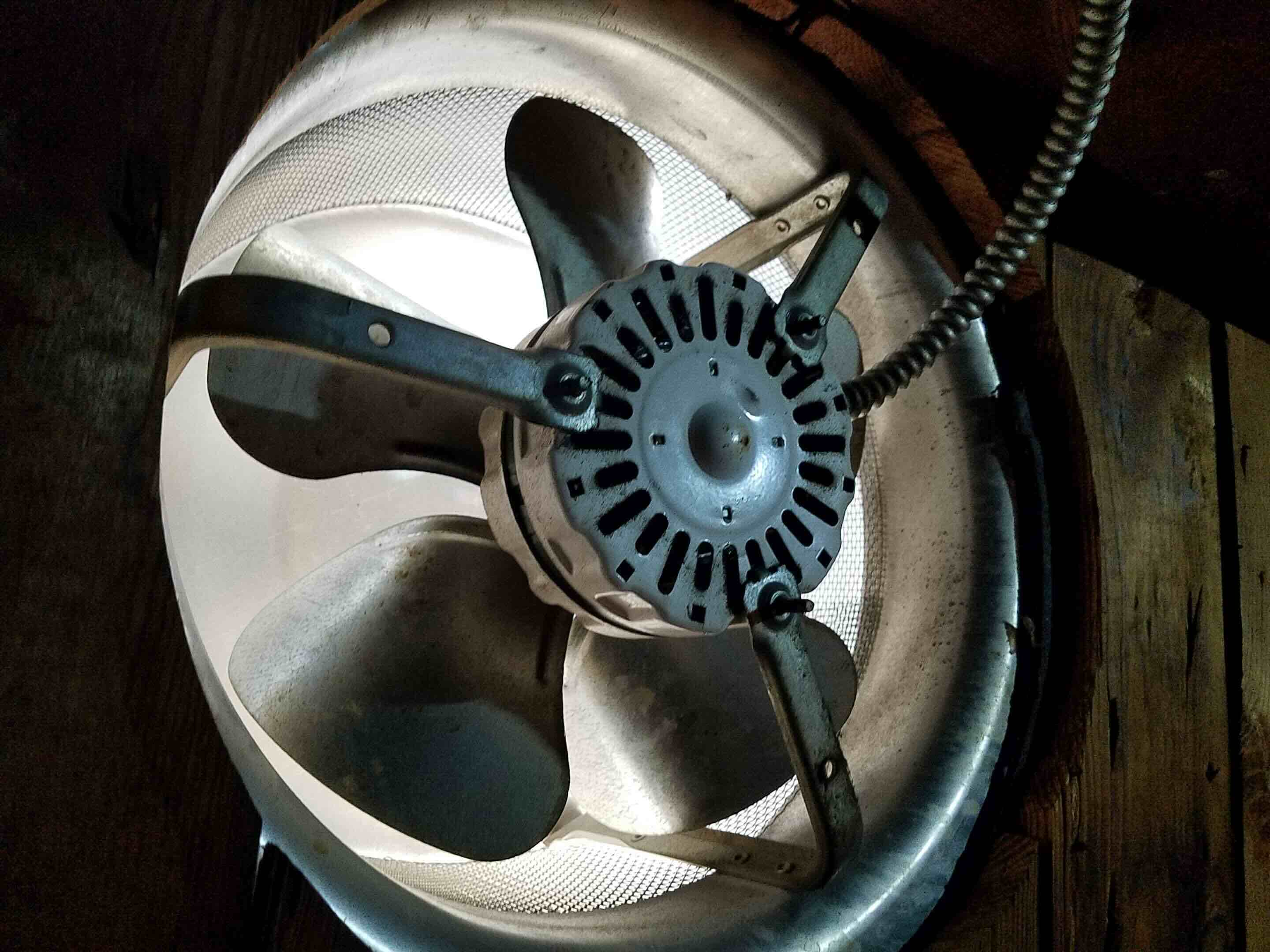
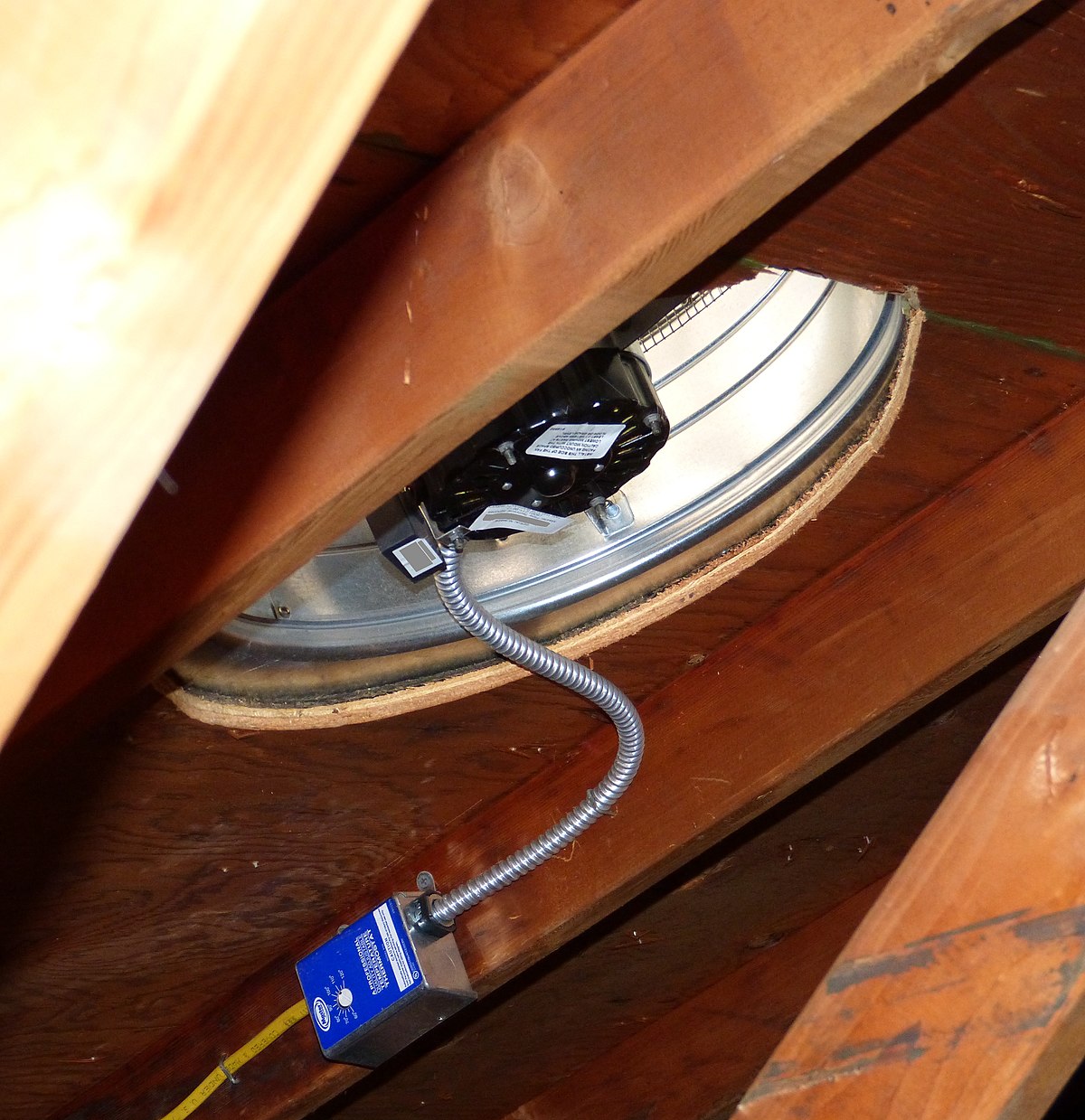
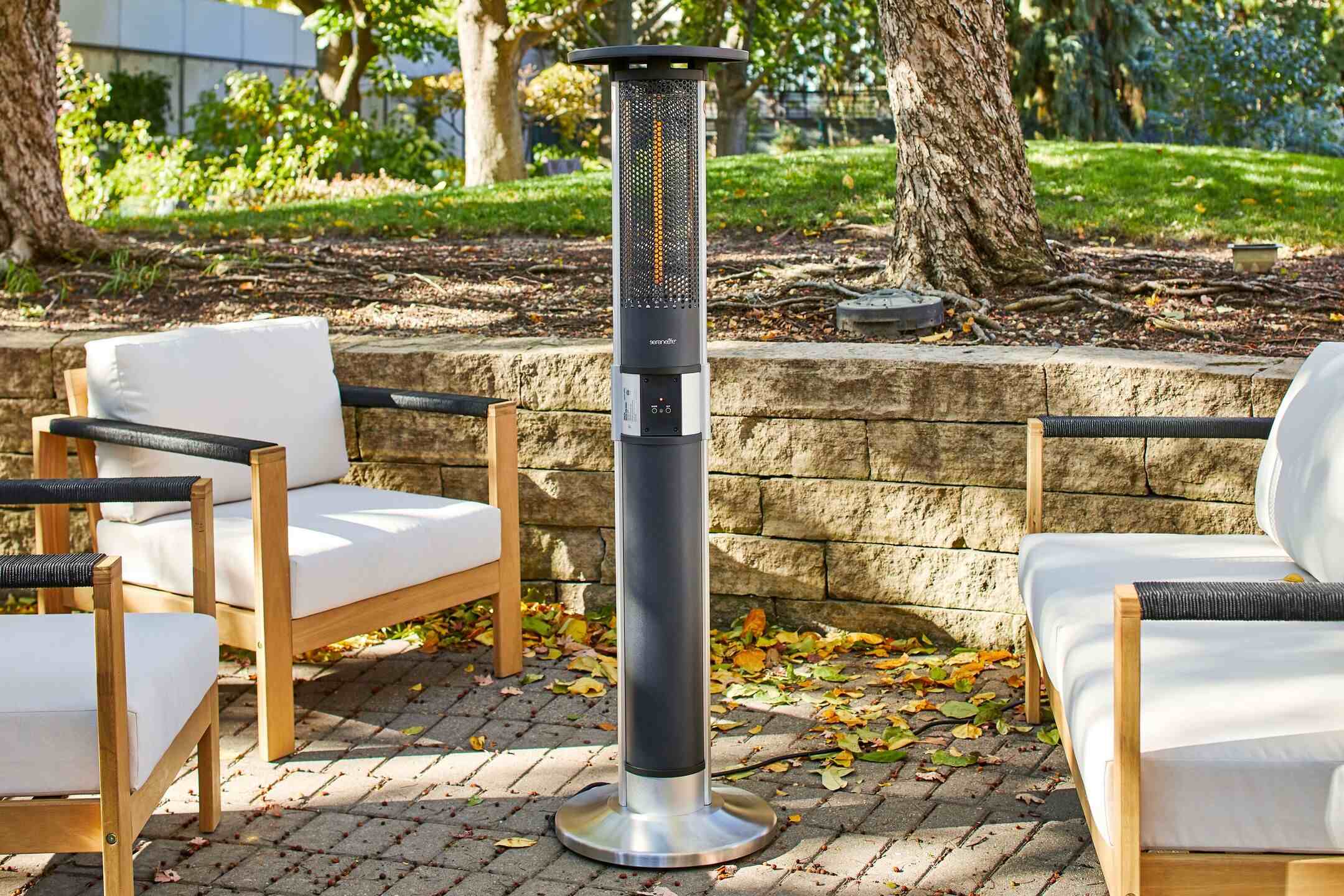

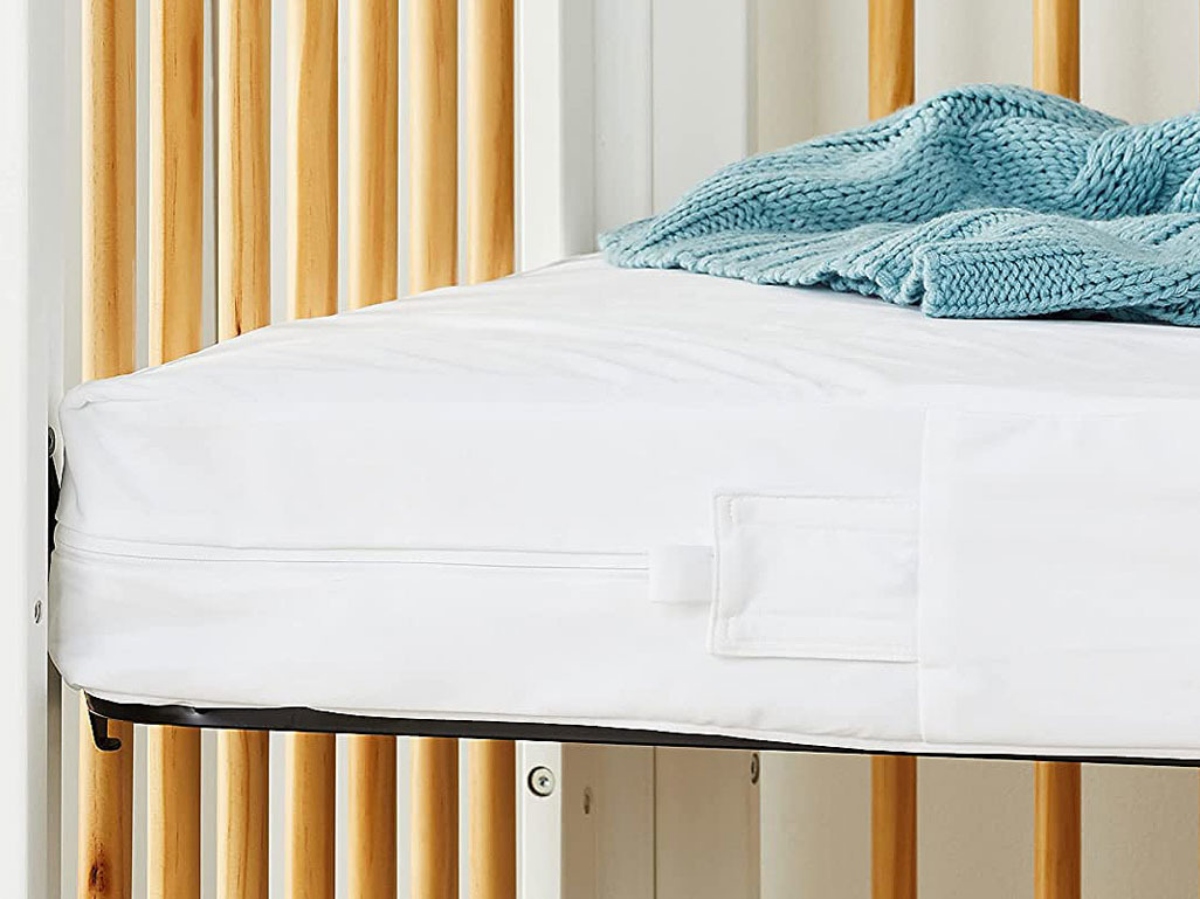

0 thoughts on “How Many Attic Baffles Do I Need”